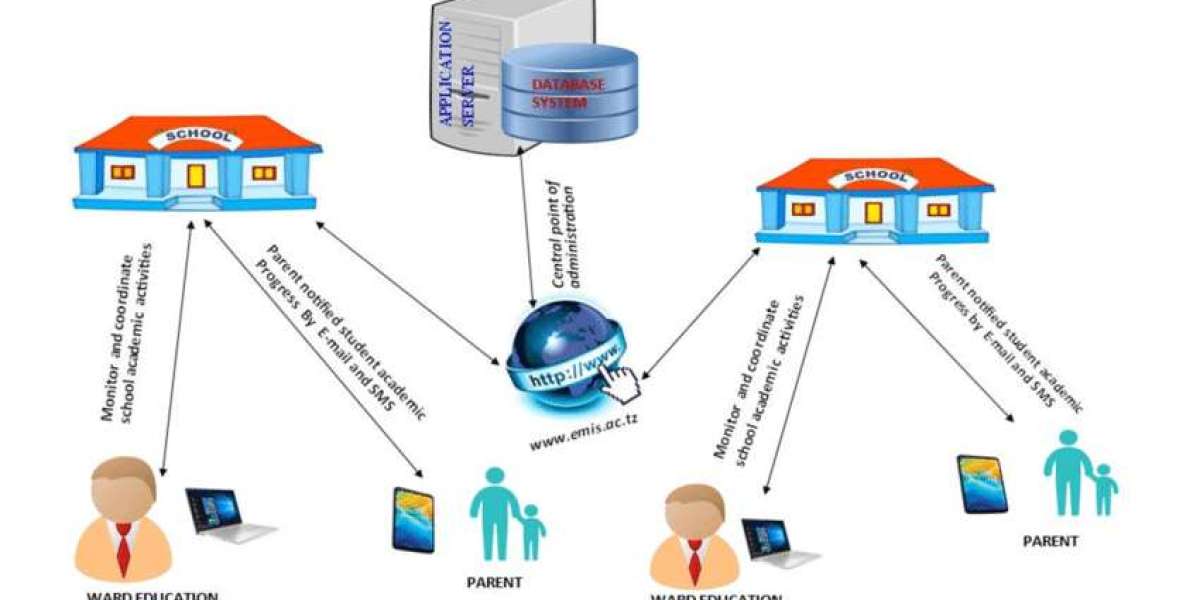The model minority myth is a stereotype that affects how people view Asian Americans and other minority groups. This myth suggests these communities are generally successful, intelligent, diligent, and upright. While it may sound like a “positive” stereotype, the truth is that the model minority myth is deeply harmful. It places individuals under immense pressure to meet unrealistic expectations, hides the challenges many people face, and creates unfair comparisons with other minority groups.
Understanding where this myth comes from, its impact on individuals, and why it must be challenged is essential if we want to build a more inclusive and supportive society.
Where Does the Model Minority Myth Come From?
The concept of the model minority myth grew popular in the 1960s, particularly in the United States. At the time, media often portrayed Asian Americans as a “model minority” because they were seen as hardworking, family-oriented, and successful in academics. These ideas were further reinforced by immigration policies in the 1960s that encouraged highly skilled professionals from Asia to move to the U.S.
However, this narrow image overlooked the truth. While some individuals achieved success, many Asian Americans continued to face systemic barriers such as poverty, discrimination, and limited access to resources. The stereotype erased the real diversity of experiences within the community.
The Impact of the Model Minority Myth
The model minority myth creates multiple harmful effects on individuals and society as a whole.
High Expectations and Pressure to Succeed
Asian American students and professionals often feel pressured to achieve perfect grades or pursue careers in medicine, engineering, or law to “fit the stereotype.” This pressure can lead to stress, anxiety, and burnout, while discouraging individuals from exploring careers that align with their true passions.
Ignoring Community Diversity
Asian Americans come from more than 20 different countries, each with its own culture, language, and history. Yet the stereotype groups everyone together, overlooking the significant income inequality within these communities. For example, research shows that Burmese, Hmong, and other Southeast Asian populations experience poverty rates exceeding 20%, far higher than the national average.
Tension Between Minority Groups
By praising one group as a “model,” society implicitly suggests that other minority groups should be able to achieve the same level of success. This unfair comparison ignores structural barriers and perpetuates division between communities.
Harmful Effects on Mental Health
Living under the weight of stereotypes can take a toll on mental health. According to the National Alliance on Mental Illness, only 8.6% of Asian Americans seek mental health treatment, compared to nearly 20% of white Americans. Shame, stigma, and cultural barriers often prevent people from accessing the support they need.
Statistics That Challenge the Myth
- Income Gaps: Asian Americans have the highest income inequality of any racial group in the U.S., with the top 10% earning more than ten times the bottom 10%.
- Poverty Rates: About 12% of Asian Americans live in poverty, higher than the poverty rate for white Americans. For Hmong Americans, the rate is nearly 25%.
- Mental Health: Asian Americans are significantly less likely to seek therapy, despite the high levels of stress linked to stereotypes and pressures.
These figures prove that the model minority myth oversimplifies and misrepresents reality.
Why We Must Challenge the Model Minority Myth
At first glance, the model minority myth may seem like praise, but it sets impossible standards while silencing the voices of those struggling. It also encourages harmful comparisons between communities, feeding into systemic racism instead of dismantling it.
By rejecting this myth, we can begin to see people for who they really are—unique individuals with diverse experiences, strengths, and challenges.
Our E-Class: Building Real Support Systems in Education
Just as harmful stereotypes can erase the real challenges students face, educational institutions need tools that acknowledge diversity and provide equal support. That’s where Our E-Class, a classroom management solution, makes a difference.
Academic Management Solutions
Our E-Class simplifies everyday administrative tasks such as timetables, attendance, assignments, and grades. It ensures smooth coordination between administrators, teachers, parents, and students while offering access to digital learning materials anytime, anywhere.
Enhancing Communication and Collaboration
The platform encourages real-time communication and fosters collaborative learning environments through virtual classrooms and interactive tools. Students can engage with peers, while parents and teachers stay updated on academic progress.
Streamlining Processes
From financial tracking to resource management, Our E-Class helps schools manage operations efficiently. Features like automated payment calculations, expense tracking, and behavior monitoring empower administrators to focus on student success.
By leveraging tools like Our E-Class, schools can create fairer, more supportive environments where students are not burdened by stereotypes but celebrated for their individuality and growth.
Conclusion
The model minority myth is more than a false stereotype—it is a damaging social construct that harms individuals and divides communities. By understanding its origins, recognizing its impact, and rejecting unfair expectations, we can create a more inclusive society.
At the same time, supporting systems like Our E-Class helps educational institutions address challenges practically, giving students the resources and encouragement they need to succeed—without the weight of harmful stereotypes.



